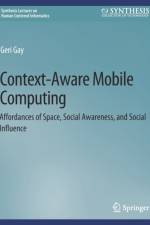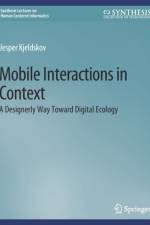av Ernest G. Arias, Hal Eden & Gerhard Fischer
627
The Envisionment and Discovery Collaboratory (EDC) is a long-term research platform exploring immersive socio-technical environments in which stakeholders can collaboratively frame and solve problems and discuss and make decisions in a variety of application domains and different disciplines.The knowledge to understand, frame, and solve these problems does not already exist, but is constructed and evolves in ongoing interactions and collaborations among stakeholders coming from different disciplines providing a unique and challenging environment to study, foster, and support human-centered informatics, design, creativity, and learning.At the social level, the EDC is focused on the collaborative construction of artifacts rather than the sharing of individually constructed items. It brings individuals together in face-to-face meetings, encouraging and supporting them to engage, individually and collectively, in action and reflection. At the technological level, the EDC integrates tabletop computing environments, tangible objects, sketching support, geographic information systems, visualization software, and an envisioned virtual implementation.This book is based on 20 years of research and development activities that brought together interdisciplinary teams of researchers, educators, designers, and practitioners from different backgrounds. The EDC originated with the merging of two research paradigms from disparate disciplines to build on the strengths, approaches, and perspectives of each. This book describes the artifacts and scenarios that were developed, with the goal of providing inspiration for human-centered informatics not focused on technologies in search of a purpose but on the development of systems supporting stakeholders to explore personally meaningful problems.These developments have inspired numerous research and teaching activities. The challenges, prototypical systems, and lessons learned represent important milestones in the development and evolution of the EDC that are relevant for future research activities and practices in human-centered informatics.





























